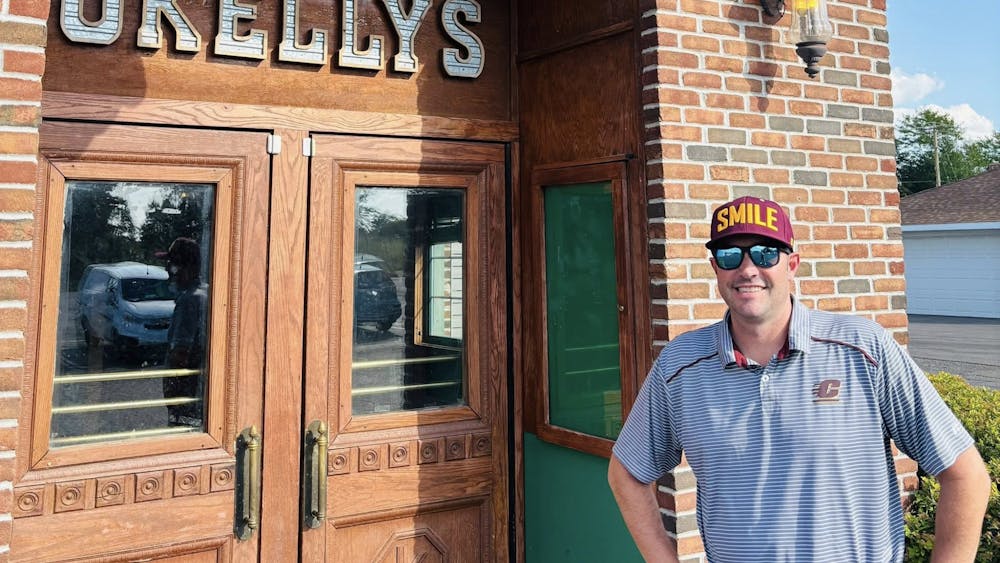EDITORIAL: Living sustainably should be a part of everyone's life
Former Central Michigan University president Michael Rao established the Campus Sustainability Advisory Committee in 2008 due to the "immediate need for a coordinated effort to address sustainability issues."
Since then, more than 100 energy-optimization projects have been implemented, saving $10.8 million and making great strides in creating a culture of sustainability, but this effort will always be challenged by the growing size of campus and amount of energy used by students.
Conservation projects have reduced energy costs despite the addition of thousands of square feet to campus. Despite its efforts, CMU’s carbon footprint — a measurement of carbon compounds released when fossil fuels are burned — increased 24 percent since 2008.
Last year, CMU’s carbon footprint was in the middle when compared to similarly sized universities. CMU emitted more carbon than Grand Valley State and Western Michigan universities, but less than Ball State and Temple universities when compared by building size.
Things students can do on campus to live sustainably:
- Recycle. Bins are available across campus
- Unplug electronics not being used
- Shop locally — use reusable bags or choose not to take plastic bags when shopping
- Walk or bike through campus
- Take faster showers and don't leave
- Report any leaks or dripping faucets to residence hall officials
- Buy used items
- Use green cleaning products (it is what the custodial staff utilizes)
- Turn off your lights when you leave the room or they are not needed
- Open curtains to let in natural light
- Use refillable water bottles
- Avoid products with styrofoam
Climate change is one of the most urgent issues affecting the planet. Being sustainable means CMU must meet the needs of present students without compromising the needs of future generations. New construction and renovations like the Biosciences Building have sought Leadership in Energy and Environmental Design certification, following U.S. Green Building Council requirements. CMU has done well in recognizing its duty to expand in an environmentally-responsible way.
Universities serve as a laboratory to develop innovative technologies and practices, but educating students to be future leaders in sustainable systems is also necessary to ensure environmental quality. Some of the biggest changes to make CMU greener can be achieved easily. Students and faulty just need to be aware of them.
Everyone at CMU must think about the products they buy and the final resting place of the waste from those products. Be proactive, reduce consumption and make use of the thousands of plastic, paper and aluminum recycling containers around campus.
Mount Pleasant City Commission approved an experimental recycling program during the summer, which will be tested for one year between Bellows and High streets, between High Street and downtown. The city will supply recycle bins to these residences for free, but a $1.50 monthly fee will be instituted for every six people in a dwelling.
Student organization Take Back the Tap advocates for the removal of disposable water bottles from campus vending machines. While the organization has been working to increase public awareness for six years, it hasn’t been enough to cause significant change.
Meanwhile, water usage across the university has decreased dramatically. In 2008 the university used more than 170 million gallons — enough to fill nearly 9,000 in-ground pools — to less than 130 million in 2014.
Plastic water bottles will continue to be sold until a significant amount of the campus population uses water refill stations located at drinking fountains across campus. It is doubtful that disposable bottles will ever be removed from campus, but students need to do their part to keep waste and energy costs down.
Sustainability should be a part of everyone’s life.







